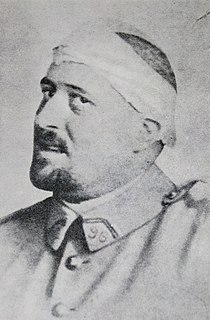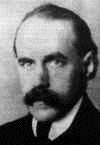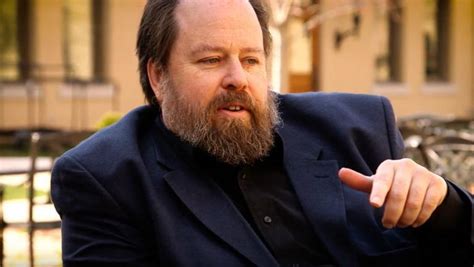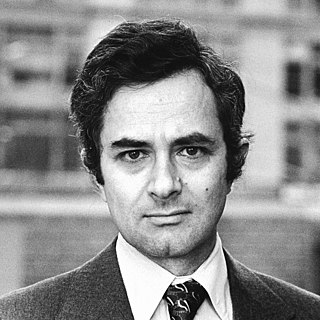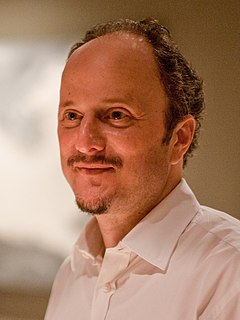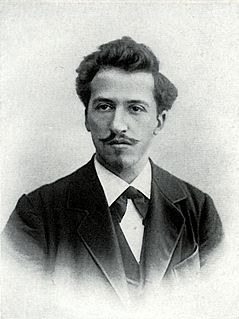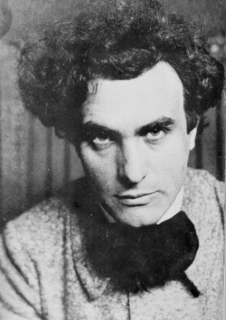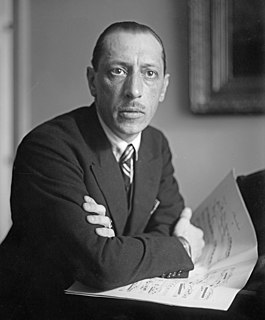A Quote by Guillaume Apollinaire
Cubism is the art of depicting new wholes with formal elements borrowed not only from the reality of vision, but from that of conception.
Related Quotes
Among all the many great transitions that have marked the evolution of Western civilisation ... there has been only one-the triumph of Christianity -that can be called in the fullest sense a "revolution": a truly massive and epochal revision of humanity's prevailing vision of reality, so pervasive in its influence and so vast in its consequences as to actually have created a new conception of the world, of history, of human nature, of time, and of the moral good.
Reality cannot be photographed or represented. We can only create a new reality. And my dilemma is how to make art out of a reality that most of us would rather ignore. How do you make art when the world is in such a state? My answer has been to make mistakes, but when I can, to choose them. We are all guilt victims choosing mistakes, and as Godard said, the very definition of the human condition is in the mise-en-scéne itself.
